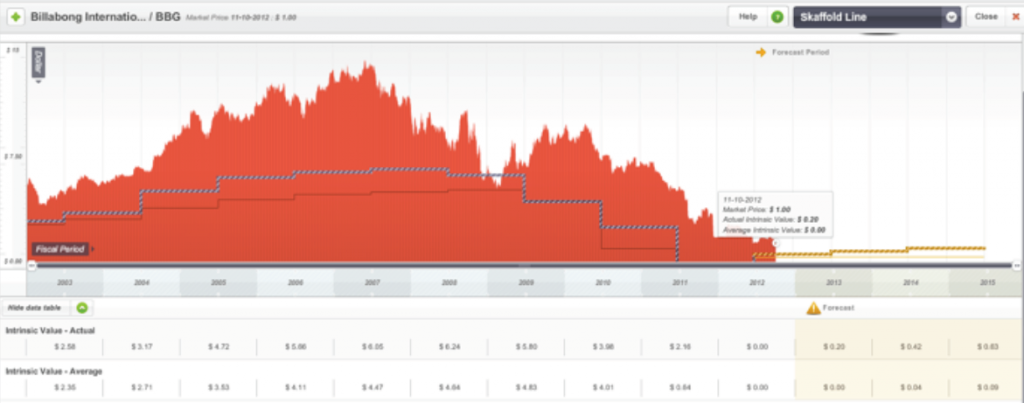Manufacturing
-
Vehicle demand on the rise
Roger Montgomery
March 11, 2013
If you are an investor in ARB or any listed business exposed to car sales such as Super Retail Group or Automotive Holdings, you may be interested in the latest Vfacts stats below that were kindly sent to us by our friends at broker Taylor Collison.
continue…by Roger Montgomery Posted in Insightful Insights, Manufacturing.
-

Tailoring the right fit for Pumpkin Patch
Ben MacNevin
January 31, 2013
Pumpkin Patch is a New Zealand company that specializes in higher-end children’s wear. The company began in New Zealand in 1990 and expanded into Australia in 1993, and has managed to reach mature growth in both markets. Many Australasian retailers that reach mature growth will use their positions to support overseas expansions. Pumpkin Patch has managed to launch a profitable wholesale business by signing distribution agreements to hundreds of department stores around the world. However, its store rollout into the UK in 2001 and the US in 2005 has really hurt the company. This retail model was never profitable, and while a high New Zealand dollar and sluggish retail environment did little to help their margins, management were unable to replicate the success of the Australasian stores. The company accumulated NZD13.5 million of retained losses before management made the decision to close their UK and US stores and focus on their online and wholesale divisions.
continue…by Ben MacNevin Posted in Consumer discretionary, Insightful Insights, Manufacturing.
-

More choice and lower prices? Fat chance.
Roger Montgomery
December 6, 2012
Rising costs, lower productivity and a strong Australian dollar will inevitably be blamed for the collapse of another food manufacturer in Australia this week.
Gourmet Group, the company that owns the iconic Rosella Brand of tomato sauce has been placed in receivership with reports it owes as much as $50 million.
But this additional nail in the coffin of our collapsing food manufacturing industry is exactly what the government wants, it may also be what the ACCC wants and it is what Australian consumers want. And if they all complain that they don’t want it, it’s what they’re going to get.
by Roger Montgomery Posted in Insightful Insights, Manufacturing.
-
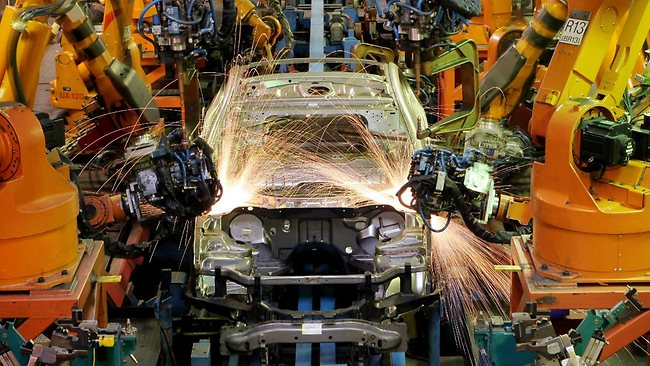
Changes in the car market – enduring or short-term?
Roger Montgomery
November 12, 2012
AMA, MXI, AHE and ARP share prices are all booming on the back of surging demand in an under supplied car market, causing a shortage of capacity which is driving up margins for the sector’s operators.
You can read one of our recent post on the subject here.
Naturally we have been drawn to the operators in the sector on the back of this capacity shortage. The ability to charge higher prices in a capacity-constrained environment is great if they are enduring, but I must ask, is the entire sector in a little bubble? A bubble in profitability and short-term market growth?
continue…by Roger Montgomery Posted in Companies, Insightful Insights, Manufacturing.
-

New Car Anyone?
Roger Montgomery
November 8, 2012
By Russell Muldoon & Roger Montgomery
We like to keep an eye on monthly new car sales statistics produced by the Federal Chamber of Automotive Industries. For a number of businesses we are interested in, including Carsales and ARB Corporation, they are both beneficiaries of a high level of new vehicle turnover.
by Roger Montgomery Posted in Insightful Insights, Investing Education, Manufacturing.
-
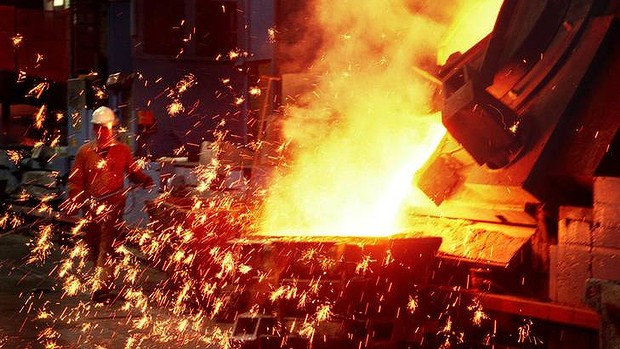
When a ‘Sighting Shot’ is the only shot
Roger Montgomery
October 31, 2012
We have been watching with some interest the attempts by the Steelmakers Australia consortium to engage with the Arrium board (not that we have ever owned shares in Arrium).
Often in an unsolicited takeover offer, the initial bid will be a “sighting shot”, which the board will quickly reject. According to the conventional storyline, the bidder then ups the offer, the target board relents, and shareholders are left with the impression that the board has managed to secure a better deal for them.
In the case of the Arrium bid, Steelmakers Australia appears to have diverted somewhat from the standard script. They have come back with some modifications to their original proposal (shorter due diligence, evidence of funding capacity), but have not lifted the price.
This is not be a good sign for the Arrium board, nor its shareholders. It indicates that Steelmakers Australia sees itself having a strong negotiating position.
The reason for this may be the $2.14b of debt on Arrium’s books. Steelmakers Australia may expect that Arrium’s directors will be reluctant to negotiate too hard lest the offer disappear, leaving the debt problem to be resolved by the board.
by Roger Montgomery Posted in Insightful Insights, Manufacturing.
- save this article
- POSTED IN Insightful Insights, Manufacturing
-

Back to the Future
Roger Montgomery
October 17, 2012
By Russell Muldoon and Roger Montgomery
Growing up in inner Melbourne in the 1970’s I cannot tell you how many post hockey-game lunches my mother trotted out on the ‘Breville’. The original scissor action Breville Sandwich Toaster was released in 1974. It sold 400,000 in its first year and reached 10% of Australian households. It was quickly improved in 1976 with the release of the Breville Snack’n’Sandwich Toaster (pictured) which was the first sandwich toaster to cut and seal sandwiches in half. It was a revelation and became an icon of the appliance world – we could eat a sandwich while riding our BMX’s without the contents of the sandwich spilling everywhere. And Mum was happy because a healthy and warm lunch was done in a few minutes and while it was being made, she could get the carpet sweeper out and do a quick run up and down the hallway or throw a slipper at any kid that was mucking up because they were hungry!
by Roger Montgomery Posted in Companies, Manufacturing.
- 6 Comments
- save this article
- POSTED IN Companies, Manufacturing
-
Did TPG take a look at Skaffold?
Roger Montgomery
October 12, 2012
On Friday TPG pulled their offer for Billabong. We have written about Billabong extensively here at the Insights blog and while TPG pulling out may come as a surprise to many investors and commentators, that’s not the case here.
Skaffold has had BBG sub-investment grade since June 2011 – eighteen months and worse, its earnings, return on equity and intrinsic value have been in decline since 2007.
TPG have made a sensible decision irrespective of whether it was their own decision influenced by the loss CVC are taking on Nine or by investors suggesting they might not support the next fund if TPG proceed.
Fig 1. Billabong Intrinsic value Chart (Courtesy: Skaffold.com)
Perhaps if CVC had Skaffold when they bought Nine they might have been in a different position today.
Bottom line, the higher the price you pay, the lower your return. BBG reported equity of $1 billion in June this year and it is forecast to earn just 3.47%. A decent return at present rates of earnings could only occur if the purchase price was a third of the equity (and that’s excluding hundreds of millions in debt), which is about $315 million.
TPG weren’t proposing to pay $315 million, they were proposing to pay $694 million! The higher the price you pay, the lower your return. You can see in Figure 1 that the intrinsic value is not only substantially lower than the current price, but it has been in decline since 2007. We prefer businesses with rising intrinsic values – they’re the ones that are easier to sell at a profit down the track.
Now two bidders have walked away after seeing the books. What could small share market investors know (that private equity does not) that warrants their confidence to purchase shares? We reckon some of them might be mistaking speculation for investing. Thanks Skaffold.
by Roger Montgomery Posted in Insightful Insights, Intrinsic Value, Manufacturing.
-
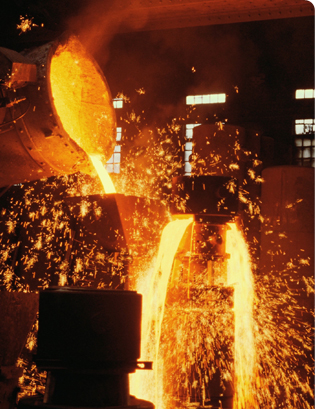
Takeover bids distract from questions over steelmakers viability
David Buckland
October 3, 2012
The $0.75 bid for Arrium Limited (ARI), formerly One Steel, by a Korean Consortium including their largest steelmaker, Posco, values the company at $1.0 billion. Including the $2.2 billion of debt, Arrium has an Enterprise Value of $3.2 billion. Forecasts for the year to June 2013, has Revenue of $8.7 billion, Net Profit of $210m and an after tax return on equity of 4.6%. The Arrium share price has declined from more than $7.00 in mid-2008. A number of brokers are now valuing the Company north of $1.00 per share.
This bid is also raising the question as to whether BlueScope Steel (BSL) will propose a merger with Arrium. “Mergeco” would have $17 billion of annualised revenue.
BlueScope has also seen its share price smashed, down from $8.00 in mid-2008 to the current $0.43 per share. Its market capitalisation is $1.44 billion, and with a forecast net debt of $380 million, BlueScope’s Enterprise value is $1.82 billion. BlueScope has recorded an extraordinarily disappointing four year period to June 2012, with after tax losses aggregating to $2.5 billion while the tripling of their shares on issue to 3329 million shares has been associated with an additional $2.7 billion of capital put into the company.Arrium and BlueScope were downgraded to below “investment grade” by the Skaffold screening process in 2005 and 2008, respectively.
by David Buckland Posted in Insightful Insights, Intrinsic Value, Manufacturing, Skaffold.
-
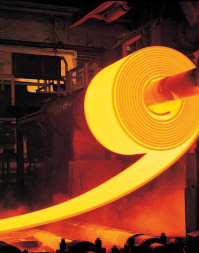
Steel production confirms slowing industrial output
David Buckland
September 26, 2012
Data released yesterday from “worldsteel” on global iron and steel production confirmed slowing output. Global steel production for August 2012 was down 1% year on year. Steel production from the European Union for August was down 15% year on year, taking annual output to 144 million tonnes, or 9.6% of the 1.5 billion tonnes per annum of global production. Chinese steel production has slipped in recent months from an annualised 750 million tonnes to 700 million tonnes, or 47% of global production.
For 2013, Australia’s Bureau of Resources and Energy have recently cut their iron-ore forecast to US$101/ tonne, while many brokers are still assuming a price of at least US130/tonne. We continue to watch the steel numbers closely.by David Buckland Posted in Energy / Resources, Insightful Insights, Manufacturing.
